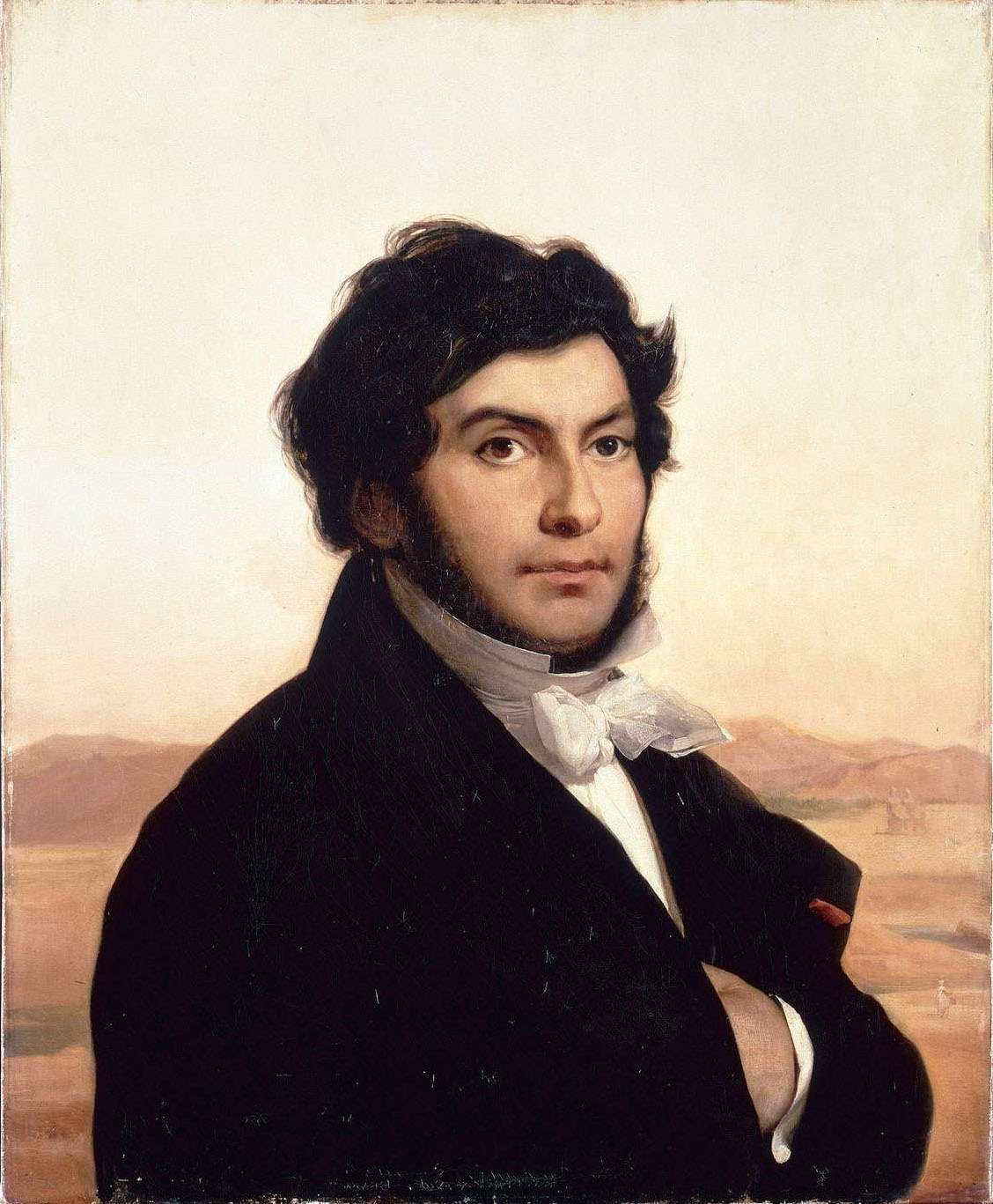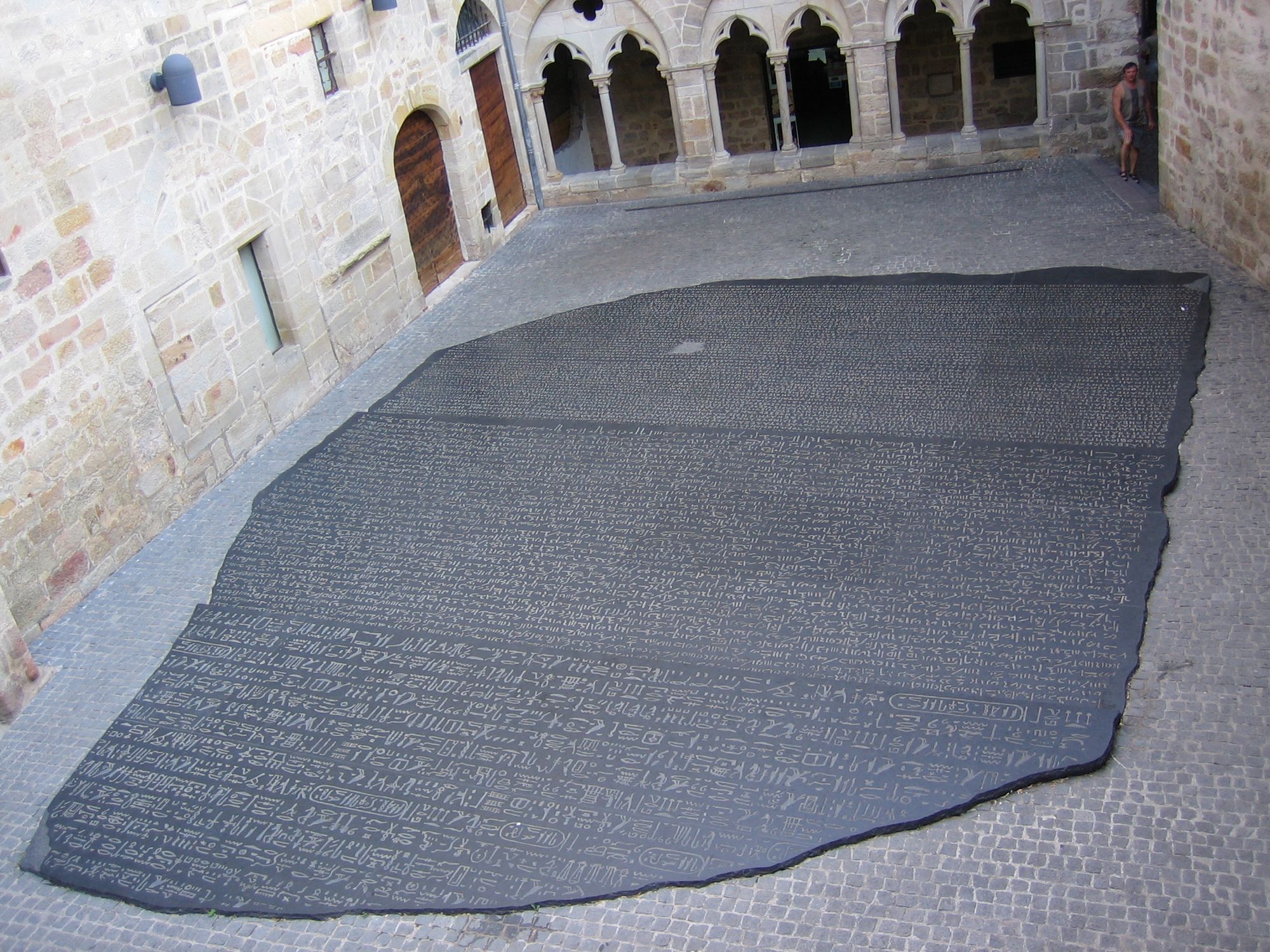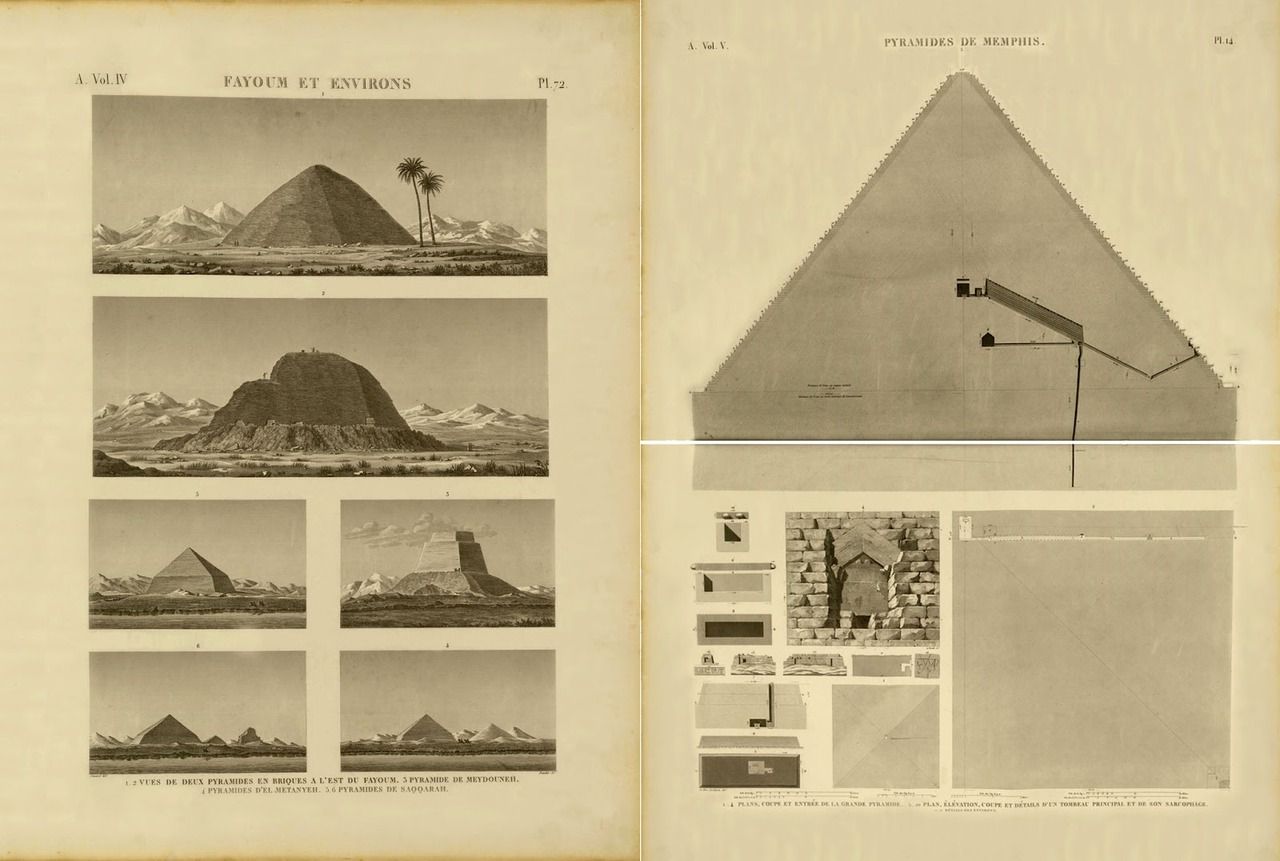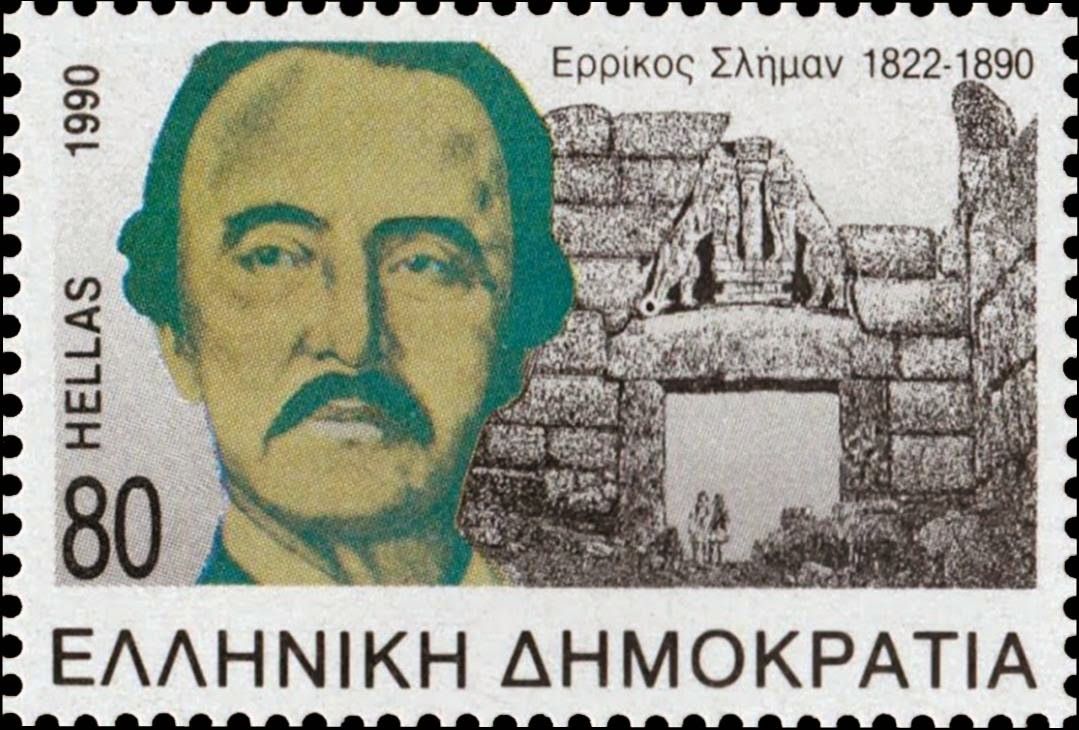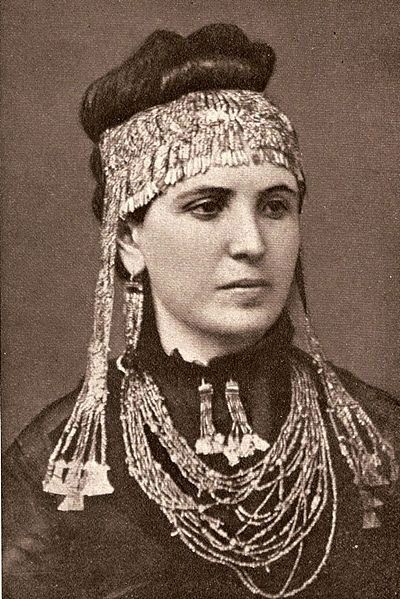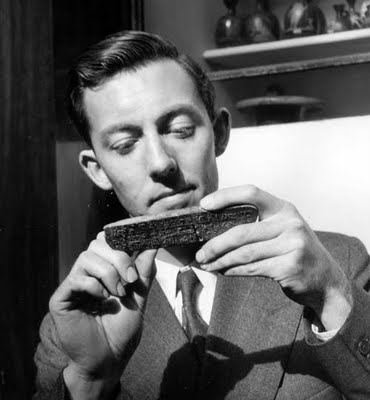How do we know so much about the ancient world? This episode explores four astonishing archaeological discoveries that extended our knowledge of history back into the mythical past:
1) The discovery of the Rosetta stone and Champollion's sensational decipherment of the text.
2) A German highschool teacher makes a breakthrough into reading the cuneiform writing system of ancient Mesopotamia.
3) Heinrich Schliemann digs for Troy.
4) Michael Ventris deciphers linear B - the script of the Mycenaeans.
References:
10 Discoveries that Rewrote History, by Patrick Hunt (check out his interview about the Rosetta Stone on the Entitled Opinions podcast)
The Man Who Deciphered Linear B: The Story of Michael Ventris, by Andrew Robinson
The Riddle of the Labyrinth: The Quest to Crack and Ancient Code, by Margalit Fox
“What Was Greek to Them?” by Mary Beard (book review of the above)
